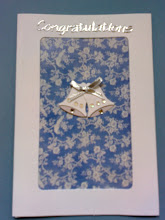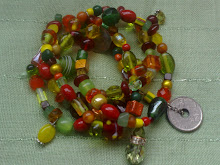Like Persian Girls, this book is also set partly in Iran and takes us through the last days of the Shah’s rule and the revolution of 1979 up to the present day.
Sara is the daughter of Maryam and Edward, an Irani woman and an Englishman. The book opens with her suffering a miscarriage as she tries to prevent her young cousin, Saeed, from committing suicide (dramatic enough). The cause of the suicide attempt is the bullying Saeed has been subjected to and physical abuse from Maryam who is his guardian.
Tormented by guilt at the events that have unfolded, Maryam flees from her privileged life in London back to Iran and her childhood home. As the novel develops, Sara moves forward towards recovering from the miscarriage whilst Maryam looks back over her life. We are taken back over her idyllic childhood in the village of Mashad and the surrounding countryside, her rebelliousness as a teenager and her refusal to marry along with her feelings for a servant which bring tragedy for both of them. This part of the story is set during the last days of Shah Reza’s reign, however unlike in Persian Girls where the country’s political events loom large in each person’s life, in this book they are at best a distant backdrop barely affecting characters for most of the book. This is reflected in what one of the characters says at the end about how rural areas were least affected by the upheaval in the country. In contrast, the theme of the powerlessness of women in Iran looms large. We see how powerful social convention and tradition are coupled with poverty and how this constrains both men and women.
The book paints an interesting picture of the north-east of Iran: neither as modern as the capital Tehran, but not entirely backward. Perhaps traditional is the best word. Mention of English poetry, cigars and Parisian fabrics is interspersed with descriptions of the food, bazaars and houses of Mashad. Images of beautiful green-eyed Persians, pomegranates, figs, dusty lanes and enclosed courtyards create an enchanting backdrop to what is essentially a painful journey for a young woman.
The only thing that put me off a little is the level of navel-gazing the characters engage in. This is partly understandable due to trauma’s that many of them have suffered, but (the women especially) seem to have some kind of underlying self-destructive impulse which encourages them to push away those they love. Perhaps this is the author’s way of showing how pervasive our past can be in our present, especially when it is an unhappy past.

All that leaves me to do know is find a gift that refelects the two books in the swap and is preferably crafty, no problem....































No comments:
Post a Comment